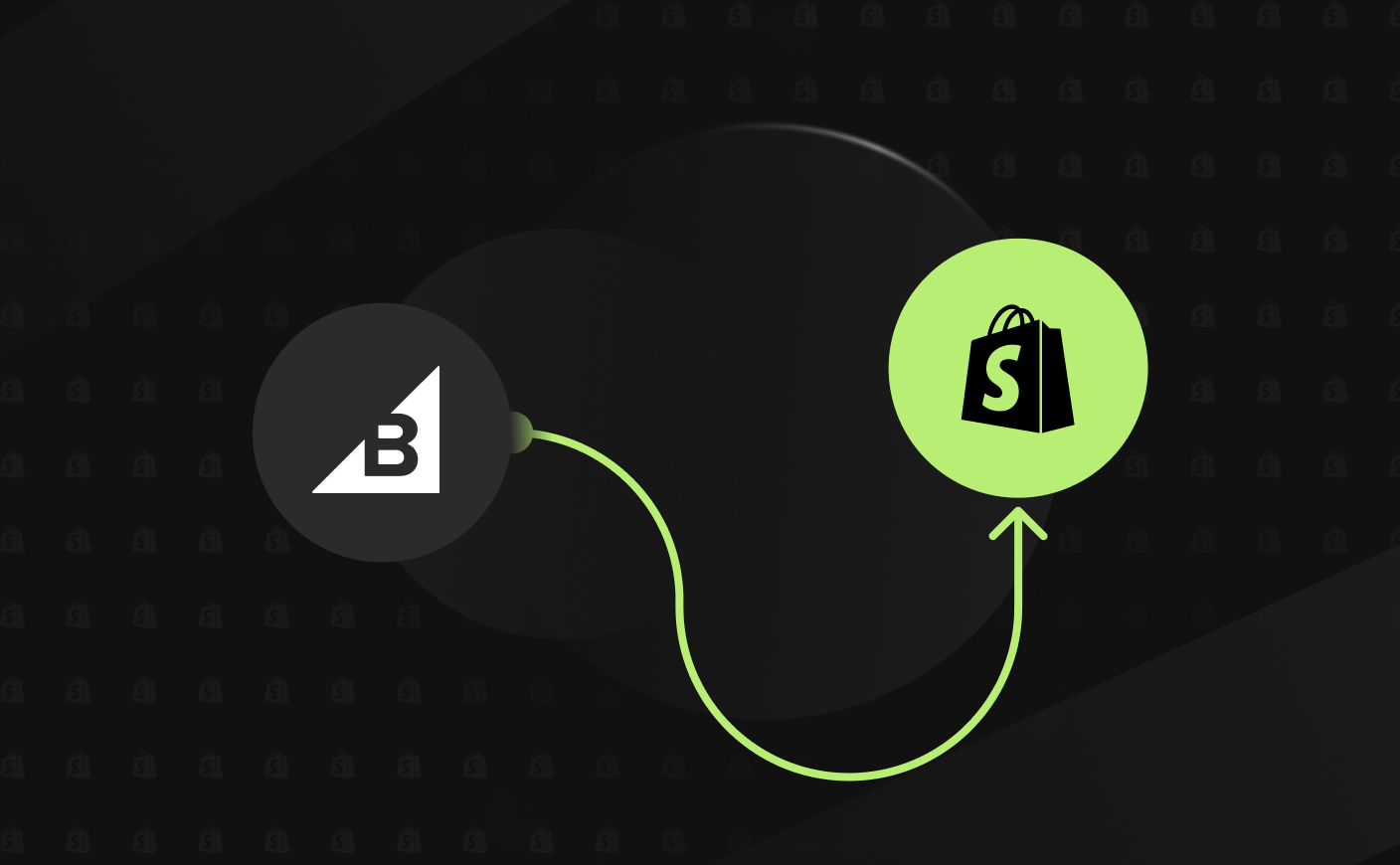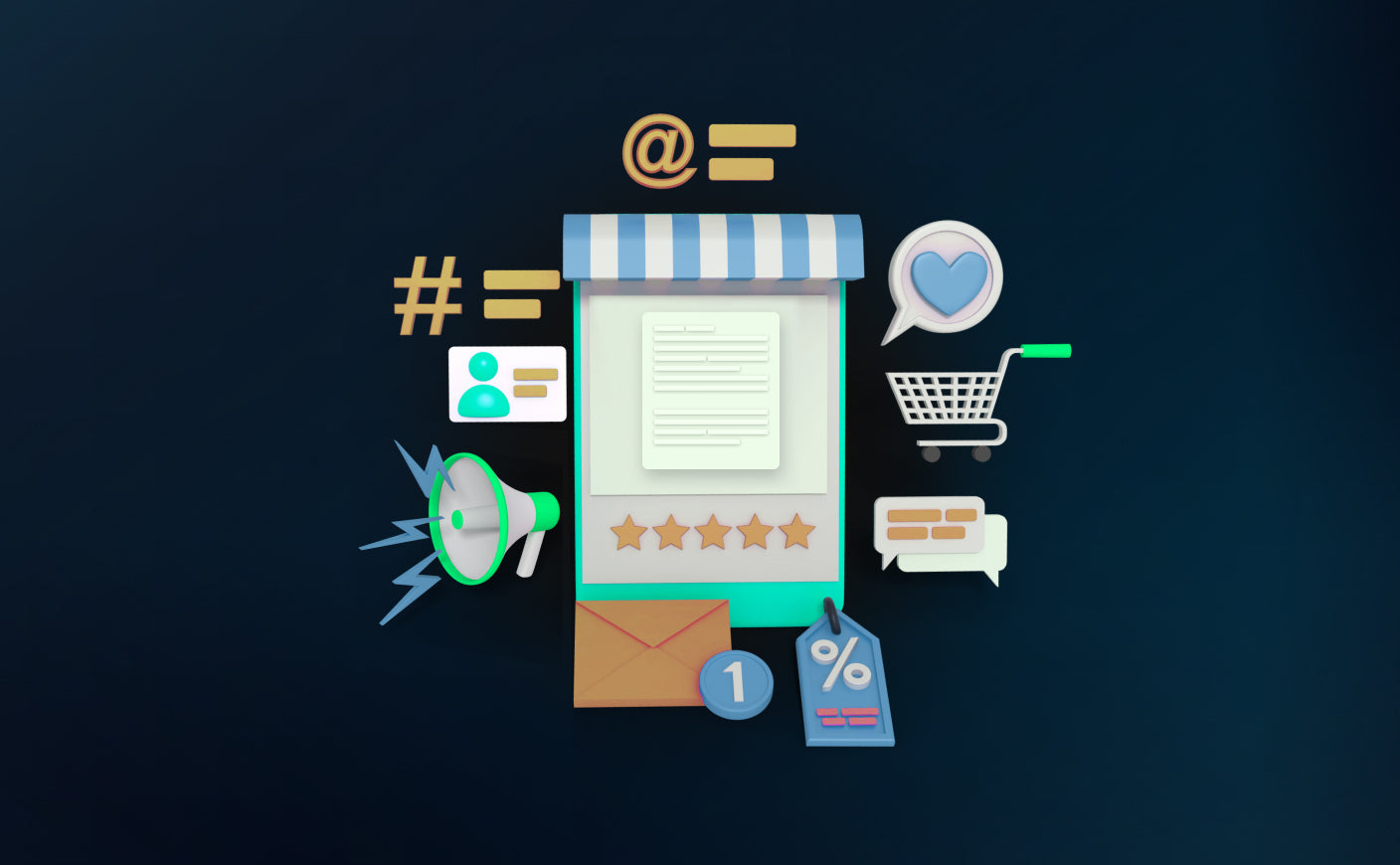The Role of Headless Commerce in Shopify Development
shopify
shopify development

Running an online store should feel like something built uniquely for yours - like designing the store from scratch so that every element of it reflects your brand. But with a traditional Shopify setup, it can feel like decorating a rented space. You can change the curtains, rearrange the furniture, and maybe even add a fresh coat of paint, but the walls - they stay exactly where they are.
That is the limitation of a conventional Shopify setup. It gives you the basic structure but not complete freedom.
So if you are looking to break those walls and build something truly custom - headless commerce is the solution. It hands you the tools to shape your store however you want, blending creativity, speed, and flexibility in a way that traditional setups simply can’t match.
A Basic Understanding of Headless Commerce
Headless commerce is an ecommerce model where the front end of the store (the section visible to customers) is separate from the back end (the part which handles inventory, orders, and payments). They are connected via APIs.
This separation gives Shopify merchants the freedom to customize user experience across multiple channels, including websites, mobile apps, kiosks, and even IoT devices.
But why is this important?
Traditional ecommerce platforms often limit how you design and manage your storefront. With headless commerce, you're no longer confined to the rigid templates of monolithic platforms. Instead, you gain the freedom to create a shopping experience tailored entirely to your brand.
Headless architecture gives developers greater control over both the functionality and aesthetics of a website. By integrating specialized tools—such as marketing platforms, CRM systems, and CMS solutions—they can align the store’s capabilities with specific business objectives.
This flexibility also eliminates vendor lock-in, allowing merchants to easily switch out services as their business scales.
Additionally, headless commerce supports an omnichannel approach. It enables effortless integration of all front-end experiences—whether web, mobile, or point-of-sale—into a unified back-end system. This not only streamlines operations but also helps brands expand globally and connect with customers across multiple touchpoints.
Also read: How to master International SEO.
Top 6 Benefits of Using Headless Commerce In Shopify
By decoupling the front-end and back-end of your Shopify store, headless commerce offers exceptional flexibility and control, allowing you to create truly personalized and efficient experiences for your customers.
Here are the top four benefits of using headless commerce in Shopify:
#1 Offers Flexibility And Customization
One of the most significant advantages of adopting a headless commerce approach is the level of flexibility it offers. Since the front-end and back-end of standard Shopify setups are closely linked, you have few options for customization without changing the foundation of your store.
However with headless commerce, the front-end and back-end are kept apart, so you can use any front-end technology or design system that suits the requirements of your business.
With this flexibility, you design a completely unique shopping experience that distinguishes your store from the competition.
Headless commerce gives you the ability to create your store in a way that aligns perfectly with your vision. It allows you to design a visually appealing product catalog, a clean, minimalist shopfront, or even a highly immersive and interactive buying experience.
#2 Speed And Performance Optimization
Every second counts in the ecommerce industry. Slow-loading websites can result in high bounce rates, irritate customers, and eventually lead to loss of sales. With headless commerce, Shopify store owners can take full control of the website’s performance by optimizing both the front-end and back-end for speed.
Since the front-end is separate, you can implement performance improvements on a granular level. For example, developers can use a content delivery network (CDN), optimize content delivery, or compress images to ensure that the site loads quickly regardless of the customer's location.
Additionally, headless commerce enables faster site updates since changes can be made to the front-end without affecting the back-end functionality.
Mobile users can also benefit from this performance improvement. Mobile commerce is growing rapidly, and customers expect lightning-fast load times. By using a headless setup, you can make a mobile-friendly website that loads fast and offers a fast browsing experience.
This will keep users interested and lessen the likelihood that they will leave their carts empty due to poor performance.
#3 Omnichannel Experience
Today’s consumers don’t just shop from desktops. They expect to interact with brands across multiple touchpoints, including mobile devices, kiosks, voice assistants, and even wearable tech.
This kind of flexibility is what headless commerce is designed for. With headless, you can use the same back-end to generate several front-end experiences that are tailored for various client touchpoints.
For instance, you might have a voice-activated interface for hands-free purchasing, a mobile app designed for speedy purchases, or an interactive in-store display that links straight to your Shopify inventory.
All of these can operate independently but smoothly sync with your back-end system. No matter where or how a customer interacts with your business, an omnichannel strategy guarantees a consistent experience.
Also read: A guide to Shopify B2B ecommerce.
#4 Scalability and Future-Proofing
As your business grows, so do your needs. One of the standout benefits of headless commerce is the scalability it offers. Without the limitations of a conventional monolithic system, Shopify's headless commerce solution allows your store to grow. The separation of the front-end and back-end means that your ecommerce platform can grow with you.
With headless commerce, you can scale rapidly and effectively, whether you're introducing new product lines, expanding globally, or integrating with new sales channels. The decoupled nature of headless allows you to swap out or upgrade individual components of your tech stack as your business needs change.
For example, if you need to upgrade your CRM or CMS, you can do so without disrupting your entire system.
This level of scalability ensures that your ecommerce platform is always ready to meet future demands, no matter how complex or large they may be.
Additionally, headless commerce makes it simpler to link your store with new platforms and technologies, helping to future-proof it. It allows you to quickly adjust and maintain your competitive edge as the digital world changes.
Whether it’s integrating new AI tools, adapting augmented reality (AR) for product previews, or incorporating the latest payment technologies, headless commerce makes it easier to implement innovative solutions.
#5 Better Security Measures
Separating the front-end from the back-end in a headless setup can lead to improved security. By isolating the presentation layer, you reduce the attack surface available to potential threats.
Headless architectures provide more granular control over security protocols, allowing businesses to implement advanced protection measures. This helps safeguard sensitive customer data and transactions from potential threats.
#6 Streamlined Content Management Across Channels
With the integration of headless content management systems (CMS), headless commerce allows for efficient management and distribution of content across multiple channels.
This means you can create, edit, and publish content once and have it appear uniformly across websites, mobile, social media, and other digital platforms. This streamlined approach helps to maintain a consistent brand tone as well as reduces the effort in maintaining various digital channels.
Who Are The Ideal Candidates for Shopify Headless Commerce?
Shopify headless commerce is a powerful tool, but it’s not for everyone. Let’s explore who stands to benefit most from this approach.
Tech-Savvy Stores
Headless commerce can be easily integrated into your current infrastructure if your company has a skilled development team or you feel comfortable working with one.
With the flexibility to work with many front-end and back-end technologies, headless commerce enables developers to generate more specialized and creative solutions. It offers intriguing opportunities to improve the consumer experience for companies that are tech-driven and have the know-how to handle complex integrations.
Prioritizing Customization
Headless commerce is revolutionary for companies dedicated to providing an exceptional and highly customized buying experience. In contrast to conventional ecommerce configurations that depend on pre-made templates, headless commerce lets you create unique front-end designs.
This system offers the perfect canvas to companies looking to offer a completely new custom interface targeting a specific demographic or brand experience.
Companies with a Variety of Sales Channels
Headless commerce can bring together several touchpoints if your company uses a variety of sales channels, including a website, mobile app, in-store experience, and even kiosks or voice interfaces.
No matter where or how users engage with your brand, headless commerce's adaptability allows you to offer a consistent and smooth customer encounter.
Brands with Complex Product Catalogues
Businesses that deal with complex and intricate product lines - such as those in fashion or electronics - this headless architecture allows the design to be tailored as per the user interface. This in turn helps in easy product discoverability and improved shopping experience.
The level of customization that it offers ensures customers can effortlessly navigate through vast inventories, leading to increased satisfaction and higher conversion rates.
Looking for Improved Site Performance
It allows brands to optimize their front-end performance independently from back-end operations, resulting in faster page load times and a more responsive user experience.
This improvement is vital for retaining customers and reducing bounce rates.
Businesses Looking for an Omnichannel Presence
Companies wanting to offer a smooth shopping experience across various channels - such as websites, mobile apps, social media or in-store displays - will find this architecture particularly useful.
The separation of the front end from the back end allows a Shopify merchant to offer an integrated journey, regardless of the channel, thereby strengthening brand presence and customer loyalty.
Organizations Prioritizing Future-Proofing Their Technology Stack
Businesses intent on staying ahead of technological trends benefit from the flexibility of headless commerce.
This architecture allows for the integration of emerging technologies and the adaptability to shift consumer behaviors without overhauling the entire system. It also helps to ensure long-term scalability and relevance.
Planning To Go Headless With Shopify?
Shopify has been a trusted platform for countless businesses transitioning to headless architecture.
Here’s an overview of Shopify’s headless commerce ecosystem and its key components:
Shopfront API:
Shopify's headless architecture is based on the Shopfront API, which provides strong access to essential ecommerce features like:
- Cart optimization for easy buying.
- Pages with products and collections based on user preferences.
- Enhanced search options and tailored suggestions.
- Contextual pricing to enhance B2B and subscription-based offerings.
Since the API is platform-neutral, developers can connect to any third-party service that supports APIs and interact with frameworks such as Next.js, Gatsby, or Astro. This adaptability guarantees that developers can experiment with the latest developments while using their favourite tools.
Hydrogen and Oxygen:
For developers seeking a streamlined approach, Shopify offers Hydrogen and Oxygen—an optimized duo for building dynamic, scalable headless commerce sites.
Hydrogen
Built on the React-based Remix framework, Hydrogen combines ease of use with advanced web development features such as Nested Routes, Progressive Enhancement, and Optimistic UI.
It offers pre-configured commerce components, hooks, and utilities tailored to Shopify’s APIs, enabling developers to build fast without sacrificing performance. Hydrogen’s modular design ensures compatibility with existing tools while maintaining flexibility for future integrations.
Oxygen
To complement Hydrogen, Shopify provides Oxygen, its globally-distributed hosting platform. Oxygen ensures rapid deployment with over 285 points of presence worldwide.
By hosting sites at the edge, Oxygen guarantees peak performance, minimal downtime, and cost-efficiency. Included with Shopify plans, it eliminates additional hosting expenses, offering a smooth solution for global scalability.
Frequently Asked Questions
How do I make my Shopify store headless?
To make your Shopify store headless, integrate Shopify's Storefront API with a custom front-end using frameworks like Next.js or Hydrogen, and deploy on platforms like Oxygen or other hosting providers.
Is Shopify headless ecommerce?
Yes, Shopify supports headless eCommerce by allowing businesses to decouple the front-end and back-end, enabling highly customized, multi-channel shopping experiences using tools like Storefront API, Hydrogen, and Oxygen.
How much does Shopify headless commerce cost?
Shopify headless commerce costs vary somewhere between $50,000 to $500,000. The costs may vary depending on additional expenses for custom development, third-party tools, APIs, and hosting services for advanced integrations.
Is Headless Commerce worth it for small Shopify stores?
While headless commerce is powerful, it’s best suited for growing brands that need advanced customization and performance. Small stores might not see immediate ROI due to development costs and complexity.
However, if scalability, unique design, and multi-channel experiences are priorities, investing in headless commerce early can future-proof your business.
How does Headless Commerce improve Shopify store performance?
It allows Shopify stores to use modern frontend frameworks like Next.js or Gatsby, drastically improving load times and user interactions. By delivering content through APIs, it reduces backend processing, improves SEO, and ensures a smooth shopping experience across all devices.
CrawlApps
At CrawlApps, we don’t just build Shopify stores—we create experiences that sell. We’re a bunch of problem-solvers who love turning ideas into stores that actually converts. Whether it’s fixing what’s broken or building something from scratch, we make sure every detail works in your favor. No fluff, no jargon—just real solutions that help your business grow. If you’re serious about Shopify, you’ll feel right at home with us.















